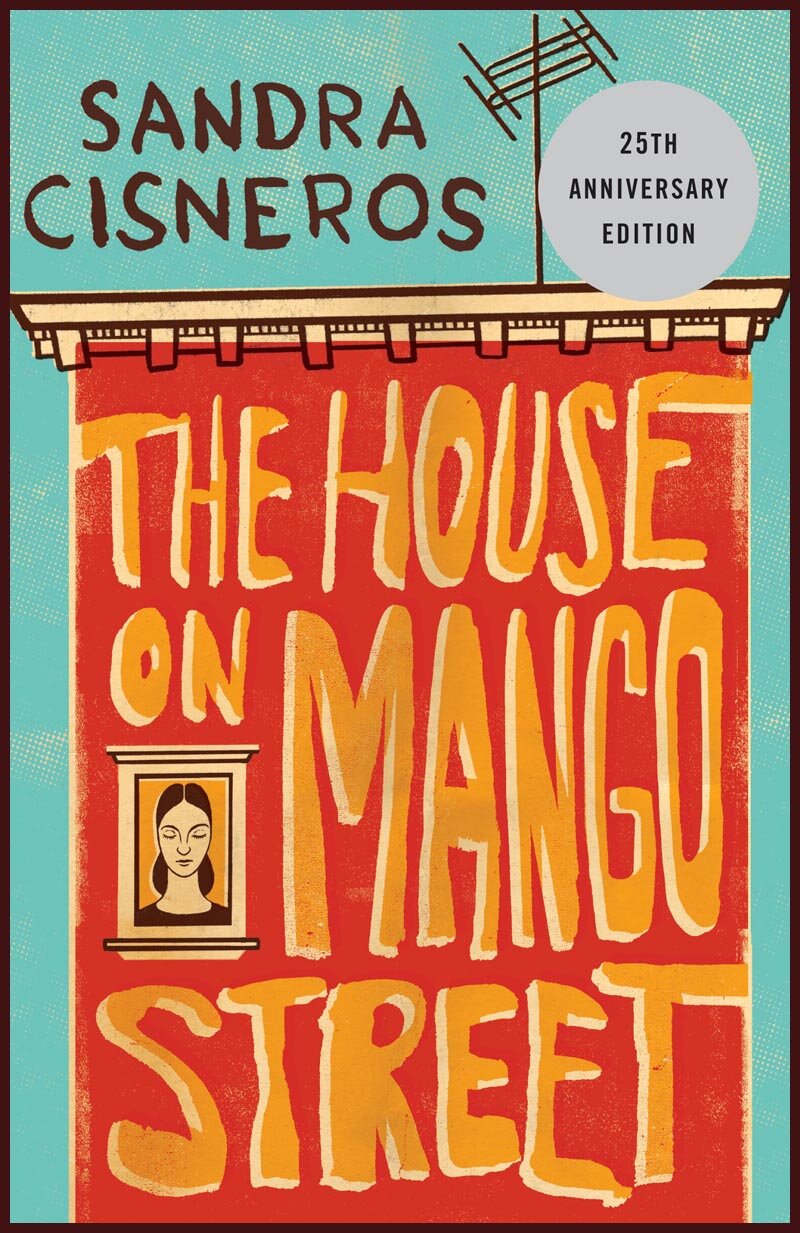Shoutout to all the Latinx writers who have yet to finish A House on Mango Street. I learned about this book in high school, even had my wonderful teacher Mrs. McCandless teach us a few passages from the book, even worked my way part of the way through it—then totally slept on it for more then ten years. I even attended Sandra Cisneros’ Macando retreat without having fully read it! (For the record, I’ve read a healthy amount of her other work and fallen deeply in love with it.) Usually when I find a book this magical, I get mad about the erasure of our literature from mainstream discourses and blah blah blah, but damn, with Mango Street I don’t event have the excuse.
Written in short flash fiction snapshots, Cisneros follows a Latina kid named Esperanza and tracks how working class neighborhoods like Mango Street defined her, frequently in limiting ways but ultimately in ways she appreciates. There’s a way these vignettes are sometimes portrayed as quaint or colorful in the interpretations of some of our teachers. The fact my teacher even suggested the book made me think it was safe and “positive.” I realize now that my teacher might have been trying to plant a seed, to give me a book to teach me a thing she couldn’t teach me about. My teachers didn’t share with the class and me the vignettes that more directly touched on gendered violence, sexual violence, and the degradations working class immigrant communities bear, even though they are critical aspects of the narrative, these so-called “adult” experiences we are not supposed to talk about with children.
I hold this book tenderly now, feeling foolish. Sometimes God puts a glass of water in front of us and we simply stare at it, complaining of our thirst, complaining of God’s cruelty. So much about this book is about power, autonomy, being able to forge a path beyond your circumstances, especially if you’re a young woman of color. Sandra Cisneros teaches us in the last chapter that the best way to love and honor a place sometimes is to leave it behind.
I recommend this book for everyone, but if you’re interested in Latinx lit, Feminist literature, or flash fiction, bump this to the top of your list. It will take you three hours to read if you’re slow. It’s the perfect book to read one chapter of each morning, letting the natural rhythms of your life to stretch out the narrative, so it feels like you’re almost moving at the exact same slow space of a child. But it’s mostly the perfect book for the morning, because the book focuses heavily on finding autonomy, freedom, an act that ultimately requires self-love, a self-love large and wide enough to sustain you when the world doesn’t.

